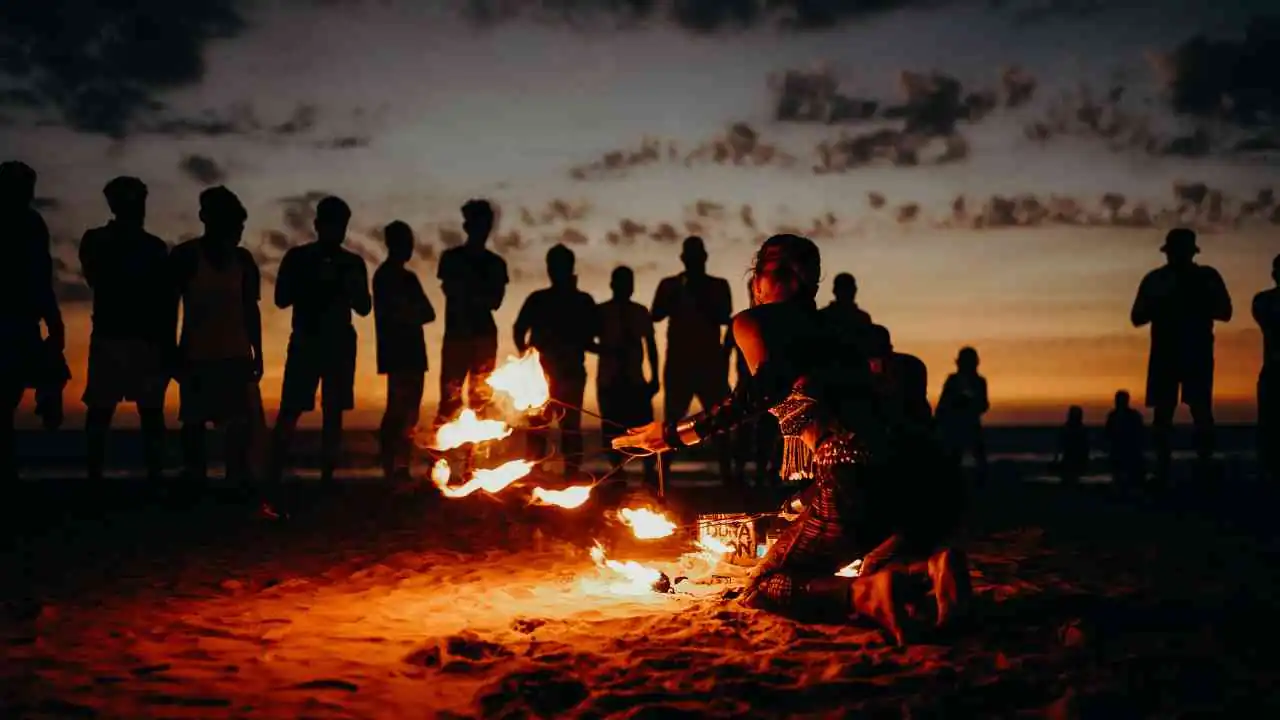India, with its rich tapestry of culture, history, and natural beauty, offers a plethora of experiences for young travelers. Whether you’re drawn to ancient monuments, serene beaches, or bustling cities, this guide will navigate you through the best places to visit in India, along with essential tips on the best time to visit, weather conditions, minimum budget considerations, and answers to frequently asked questions.
Best Places to Visit
1. Goa
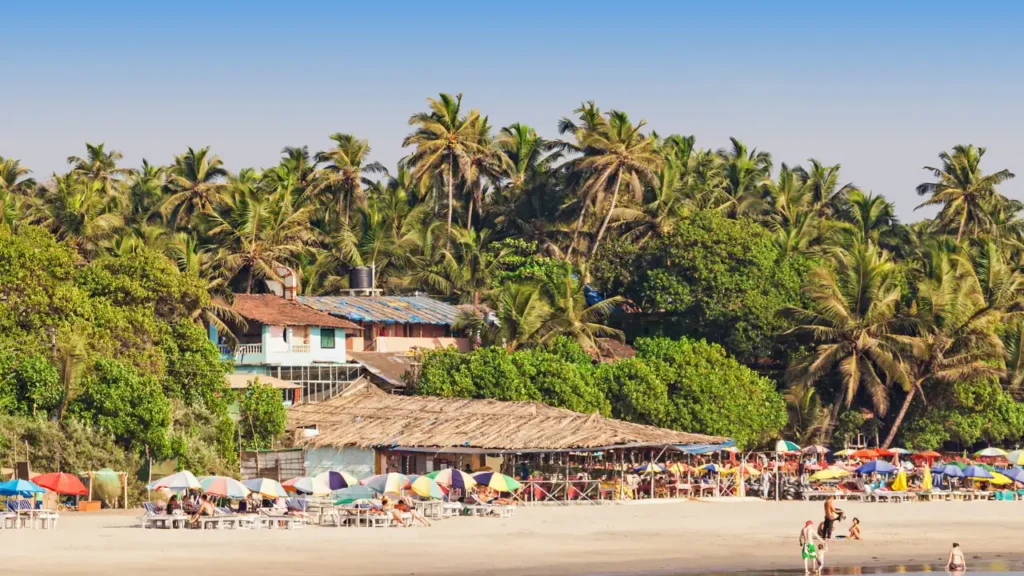
Best Time to Visit: October to March
Weather: Pleasant with temperatures ranging from 25°C to 32°C
Minimum Budget: ₹1500 – ₹3000 per day
Highlights: Beaches, water sports, vibrant nightlife
Goa, known for its pristine beaches, lively atmosphere, and Portuguese heritage, is a favorite among young travelers. Whether you’re exploring the iconic beaches of Anjuna and Baga, trying your hand at water sports like parasailing and jet-skiing, or experiencing the vibrant nightlife of clubs and beach parties, Goa promises an unforgettable adventure.
2. Rishikesh
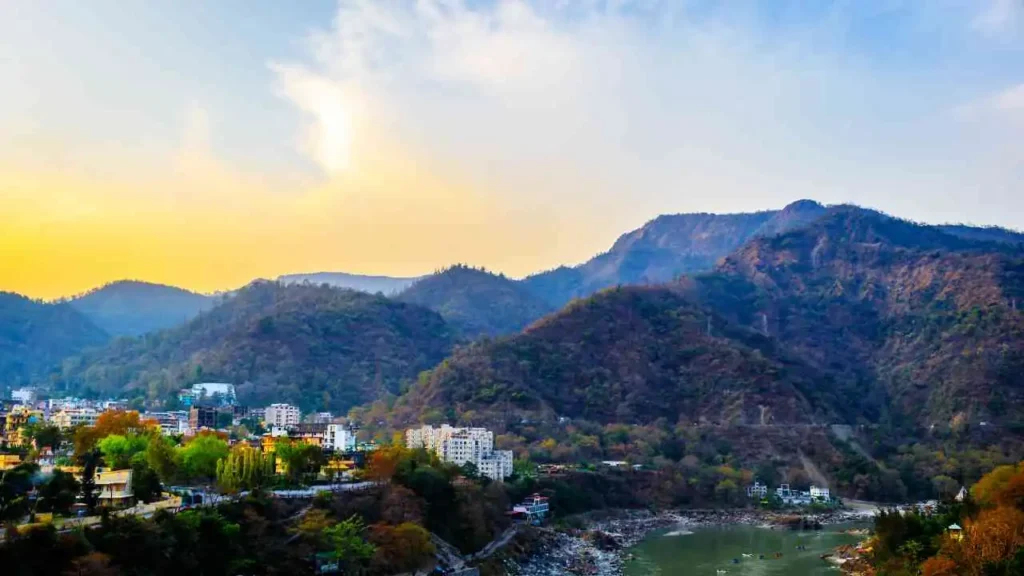
Best Time to Visit: September to November, February to April
Weather: Mild and pleasant with temperatures ranging from 15°C to 30°C
Minimum Budget: ₹1000 – ₹2000 per day
Highlights: Adventure sports, yoga retreats, spiritual retreats
Nestled in the foothills of the Himalayas along the banks of the Ganges River, Rishikesh is renowned as the ‘Yoga Capital of the World’ and a hub for adventure seekers. Experience the thrill of white-water rafting, bungee jumping, and cliff jumping, or immerse yourself in yoga and meditation at ashrams and retreat centers amidst breathtaking natural surroundings.
3. Jaipur
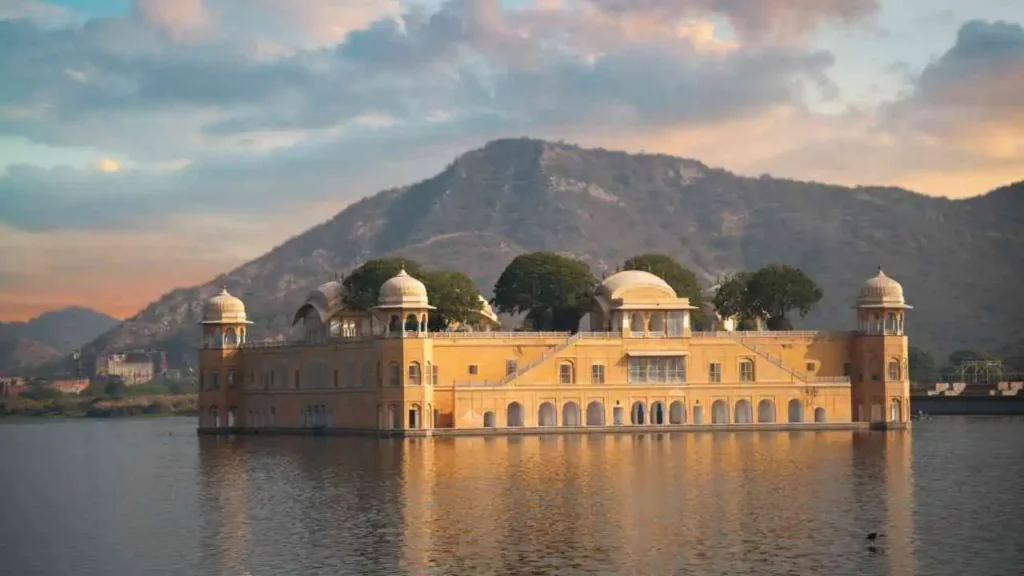
Best Time to Visit: October to March
Weather: Cool and pleasant with temperatures ranging from 10°C to 25°C
Minimum Budget: ₹1000 – ₹2500 per day
Highlights: Forts, palaces, cultural experiences
As part of India’s Golden Triangle, Jaipur, the capital city of Rajasthan, offers a glimpse into India’s royal heritage. Explore majestic forts like Amber Fort and Jaigarh Fort, marvel at the intricate architecture of City Palace and Hawa Mahal, and indulge in shopping for colorful textiles and handicrafts at bustling bazaars. Don’t miss the opportunity to witness traditional Rajasthani culture through folk music, dance performances, and local cuisine.
4. Kerala Backwaters
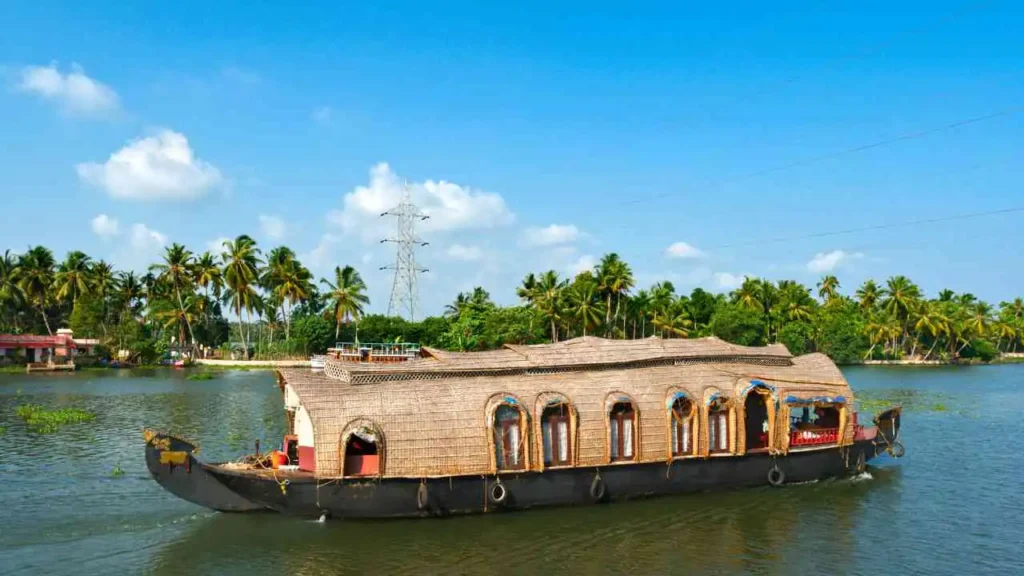
Best Time to Visit: November to February
Weather: Pleasant with temperatures ranging from 20°C to 32°C
Minimum Budget: ₹1500 – ₹3000 per day
Highlights: Backwater cruises, houseboat stays, Ayurvedic treatments
Kerala, often referred to as ‘God’s Own Country,’ is celebrated for its tranquil backwaters, lush greenery, and rejuvenating Ayurvedic therapies. Embark on a houseboat cruise through the serene backwaters of Alleppey or Kumarakom, witness traditional Kathakali performances, explore tea and spice plantations in Munnar, and unwind on pristine beaches like Kovalam and Varkala.
5. Manali
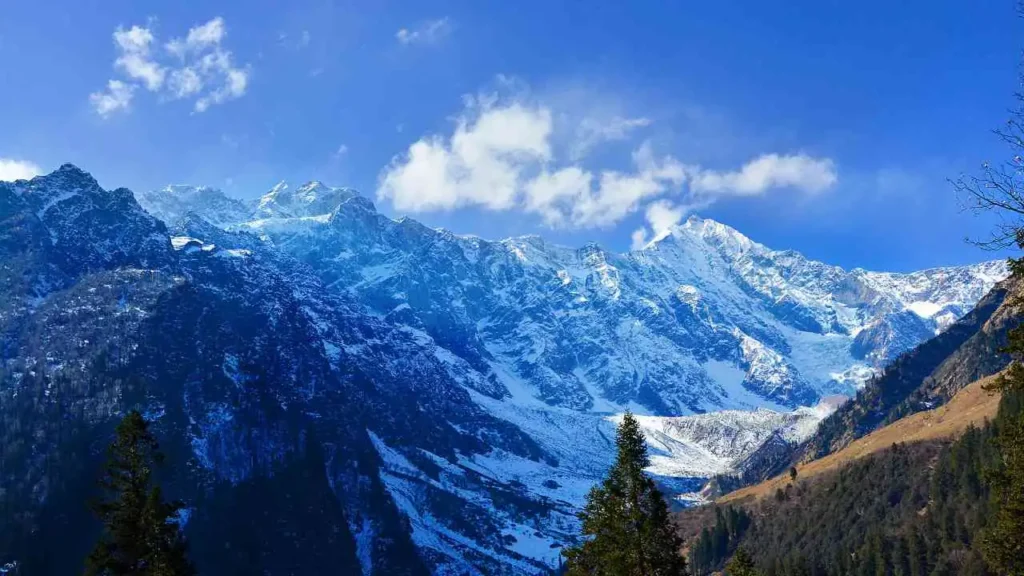
Best Time to Visit: March to June, October to February
Weather: Pleasant summers and snowy winters
Minimum Budget: ₹1000 – ₹2500 per day
Highlights: Snow-capped mountains, trekking, adventure sports
Located amidst the Pir Panjal and Dhauladhar ranges in Himachal Pradesh, Manali is a paradise for adventure enthusiasts and nature lovers alike. Experience thrilling activities such as skiing, snowboarding, and paragliding in Solang Valley, trek to scenic spots like Rohtang Pass and Hampta Pass, and soak in the natural beauty of waterfalls, apple orchards, and pine forests.
Best Time to Visit Each Destination
- Goa: October to March for pleasant weather and vibrant festivals.
- Rishikesh: September to November and February to April for adventure sports and yoga retreats.
- Jaipur: October to March for cool weather ideal for sightseeing.
- Kerala Backwaters: November to February for pleasant temperatures and dry weather.
- Manali: March to June for summer adventures and October to February for snow activities.
Weather Conditions in India
India experiences diverse climates ranging from tropical in the south to alpine in the north:
- Summer (March to June): Hot and dry, especially in northern and central India.
- Monsoon (July to September): Heavy rainfall in coastal regions and the Himalayas, making travel challenging in some areas.
- Winter (October to February): Cool to cold temperatures across the country, with snowfall in northern regions and pleasant weather in southern India.
Minimum Budget Considerations
Traveling on a budget in India is feasible with careful planning:
- Accommodation: Budget hostels and guesthouses range from ₹500 to ₹1500 per night ($7-$20 USD). Mid-range hotels and resorts cost between ₹2000 to ₹5000 per night ($30-$70 USD).
- Food: Street food and local eateries offer affordable meals starting from ₹100 per meal ($1.50 USD). Restaurants in tourist areas may charge ₹300 to ₹500 per meal ($4-$7 USD).
- Transportation: Local buses and trains are economical for long-distance travel, while taxis and auto-rickshaws are convenient for short trips within cities. Budget around ₹500 to ₹1500 per day ($7-$20 USD) for transportation costs.
Common Questions for Indian Under 20 Travelers
1. What should I pack for my trip to India?
Pack lightweight and breathable clothing suitable for the climate (depending on the region and time of year). Comfortable walking shoes, sunscreen, insect repellent, a hat, and any necessary medications are also recommended. Modest clothing is advisable, especially when visiting religious sites.
2. How can I handle the cultural differences in India?
Respect local customs and traditions by dressing modestly, especially in religious places. Learn a few basic phrases in Hindi or the local language of the region you are visiting. Be open to trying local cuisine and embrace the diversity of India’s cultural practices.
3 What are some must-visit festivals in India for young travelers?
Experience the vibrant celebrations of Diwali (Festival of Lights) in October/November, Holi (Festival of Colors) in March, and Navratri (nine nights of dancing and worship) in September/October. These festivals offer a unique glimpse into India’s rich cultural heritage.
4. How can I travel on a budget in India?
Opt for budget accommodations such as hostels, guesthouses, or budget hotels. Enjoy affordable and delicious street food from local vendors. Use public transportation like buses and trains for long-distance travel, and consider sharing rides or using auto-rickshaws for short distances.
5. What are some off-the-beaten-path destinations in India worth exploring?
Explore Hampi in Karnataka for its ancient ruins and historical charm, McLeod Ganj in Himachal Pradesh for Tibetan culture and trekking opportunities, and Rishikesh in Uttarakhand for adventure sports and spiritual retreats.
6. How should I handle transportation in India?
Use apps like Uber or Ola for convenient and reliable taxi services in major cities. For long-distance travel, consider booking train tickets in advance through the Indian Railways website or using intercity buses for economical options.
7. What are some safety tips for solo travelers under 20 in India?
Inform someone trustworthy about your travel plans and keep them updated regularly. Avoid isolated areas, especially after dark. Trust your instincts and be cautious of overly friendly strangers. It’s advisable to stay in well-reviewed accommodations with good security measures.
8. How can I stay connected with family and friends back home during my trip?
Purchase a local SIM card upon arrival for affordable data and call rates. Most major cities and tourist areas have reliable internet connectivity. Alternatively, use messaging apps like WhatsApp or Skype to stay in touch over Wi-Fi.
9. What should I know about health and hygiene while traveling in India?
Drink bottled or filtered water to avoid stomach issues. Carry hand sanitizer and use it frequently, especially before eating. Be cautious with street food and opt for freshly cooked meals from reputable eateries.
Conclusion
India, with its unparalleled diversity and cultural richness, offers endless possibilities for young travelers seeking adventure, spirituality, and cultural immersion. Whether you’re exploring ancient forts, relaxing on pristine beaches, trekking in the Himalayas, or experiencing vibrant festivals, each destination promises a unique and unforgettable experience. By planning your trip around the best times to visit, understanding weather conditions, budgeting wisely, and embracing local customs, you’ll embark on a journey that transcends mere travel—it becomes a transformative experience that leaves a lasting imprint on your soul. Embrace the magic of India and let its stories unfold as you embark on this remarkable adventure.
